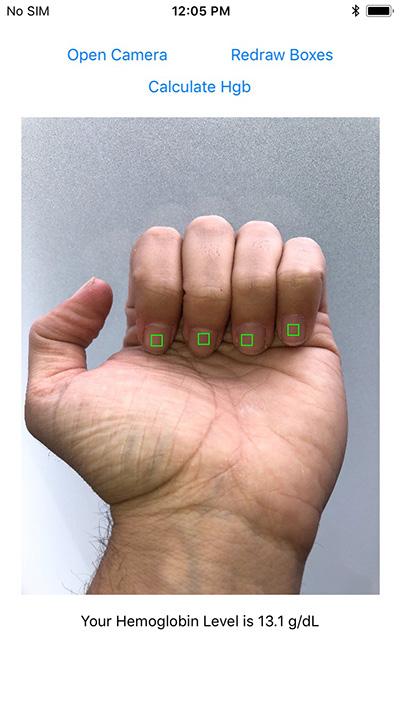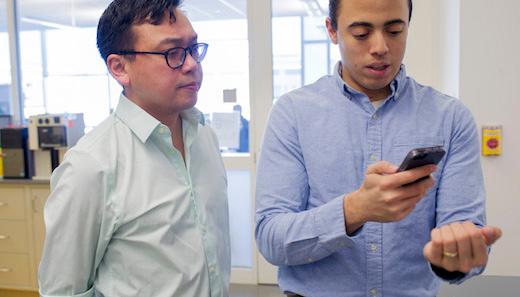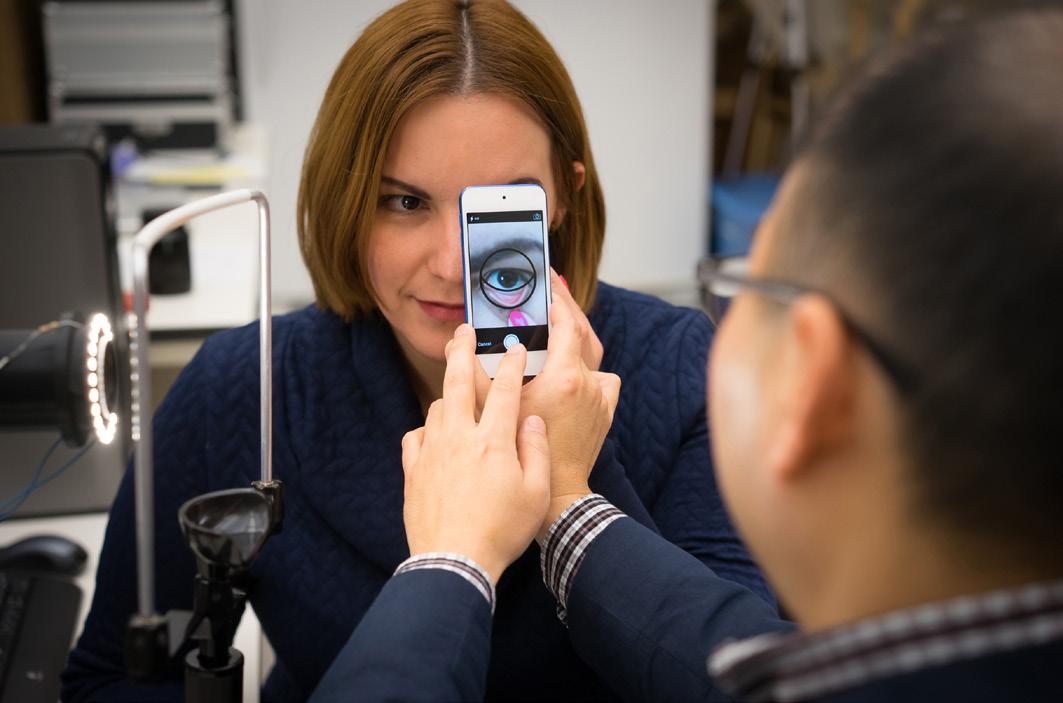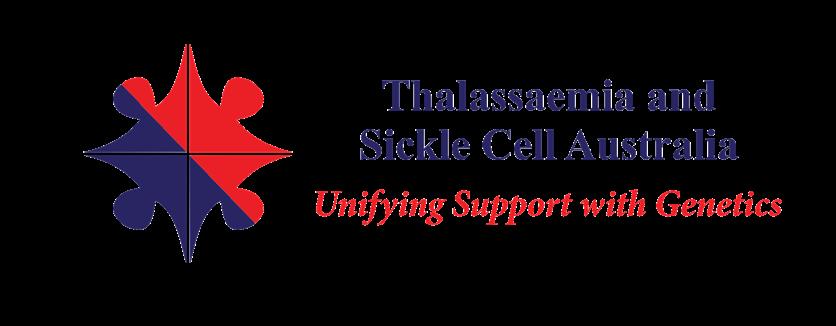
2 minute read
Gina’s Birthday Fundraiser
GINA’S BIRTHDAY FUNDRAISER!
We would like to thank Gina Nikodemou, her family and friends for a great effort in raising funds for TASCA in her birthday fundraiser! Gina managed to raise a total of $910 on Facebook and donated a further $90 herself to make it a total of $1000! These generous contributions will be used to equip the new transfusion unit at Monash Medical Centre.
Advertisement
GREAT WORK AND HAPPY BIRTHDAY GINA!

If you would like to hold a fundraiser or raise money to improve support and advocacy for patients and families, get in touch with us.
SMARTPHONE APPS MAY SOON CHANGE THE WAY ANAEMIA LEVELS ARE MEASURED
People with chronic anaemias such as those with haemoglobin disorders require regular haemoglobin-level tests. Currently, the gold standard for this is the complete blood count through a blood sample. However, patients might soon be able to monitor their haemoglobin levels with less invasive methods at the clinic or even using their phones in the comfort of their own homes. Doctors can often get a rough estimate of anaemia by judging the redness of a patient’s inner eyelid. Purdue University engineers have gone further with this by developing software that would enable medical staff to take a picture of a patient’s inner eyelid with a smartphone and instantly receive a near-accurate count of haemoglobin using patients’ previous blood tests as a benchmark.
Bioengineers from Georgia Institute of Technology have developed a similar method by measuring the paleness of fingernail beds. Fingernail beds contain less melanin (pigment in the skin), meaning that they can provide accurate readings for people with different skin tones. In a test of 100 participants using a smartphone, the app calculated that haemoglobin levels were close to standard blood samples. Accuracy was further improved when patients used the app over time, calibrating it to the individual.

Rob Manino, one of the main researchers who became interested in this development, and as a beta thalassaemia patient himself, said: “Sometimes I’ll show up to my transfusion and my haemoglobin level will be a little bit lower than we’ve predicted it would be. If I had this technology, I could dynamically be setting my transfusion schedule based on when I am anaemic and actually need one.” This innovation has the potential of not only allowing patients to better and more frequently monitor their haemoglobin levels at home, but could also allow clinics in developing countries that lack certain infrastructures in blood testing to improve their treatment.







